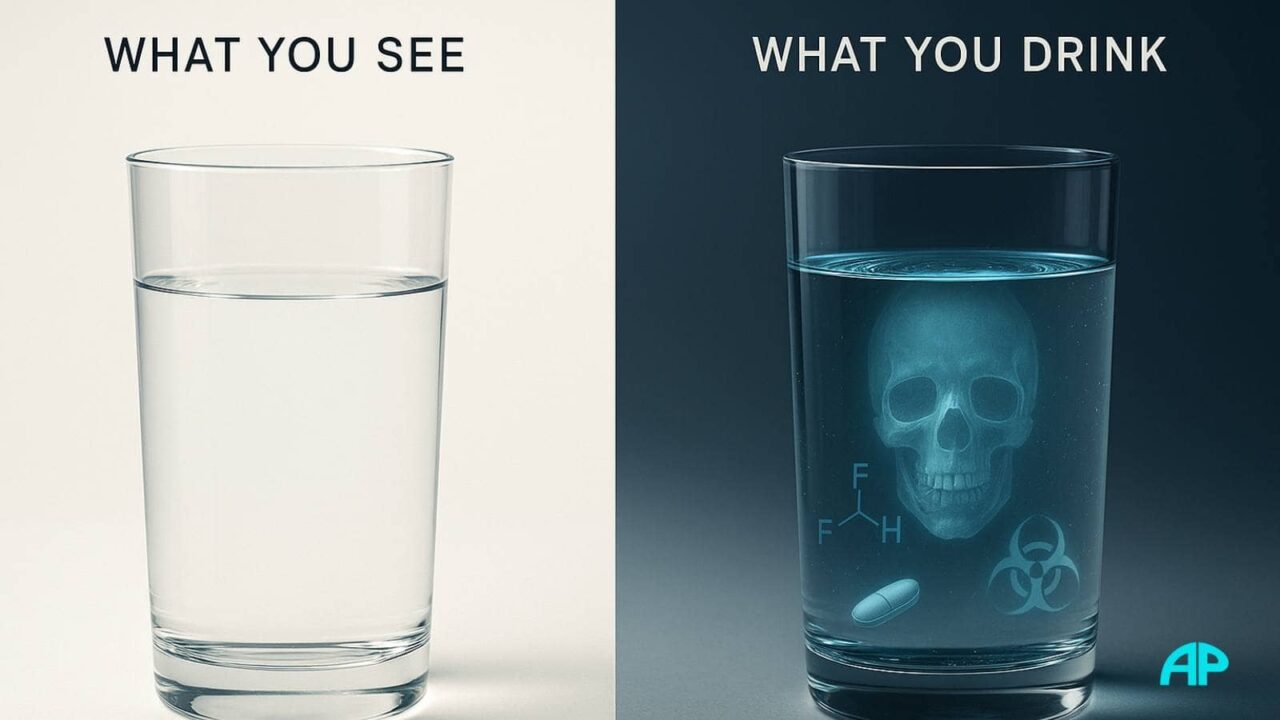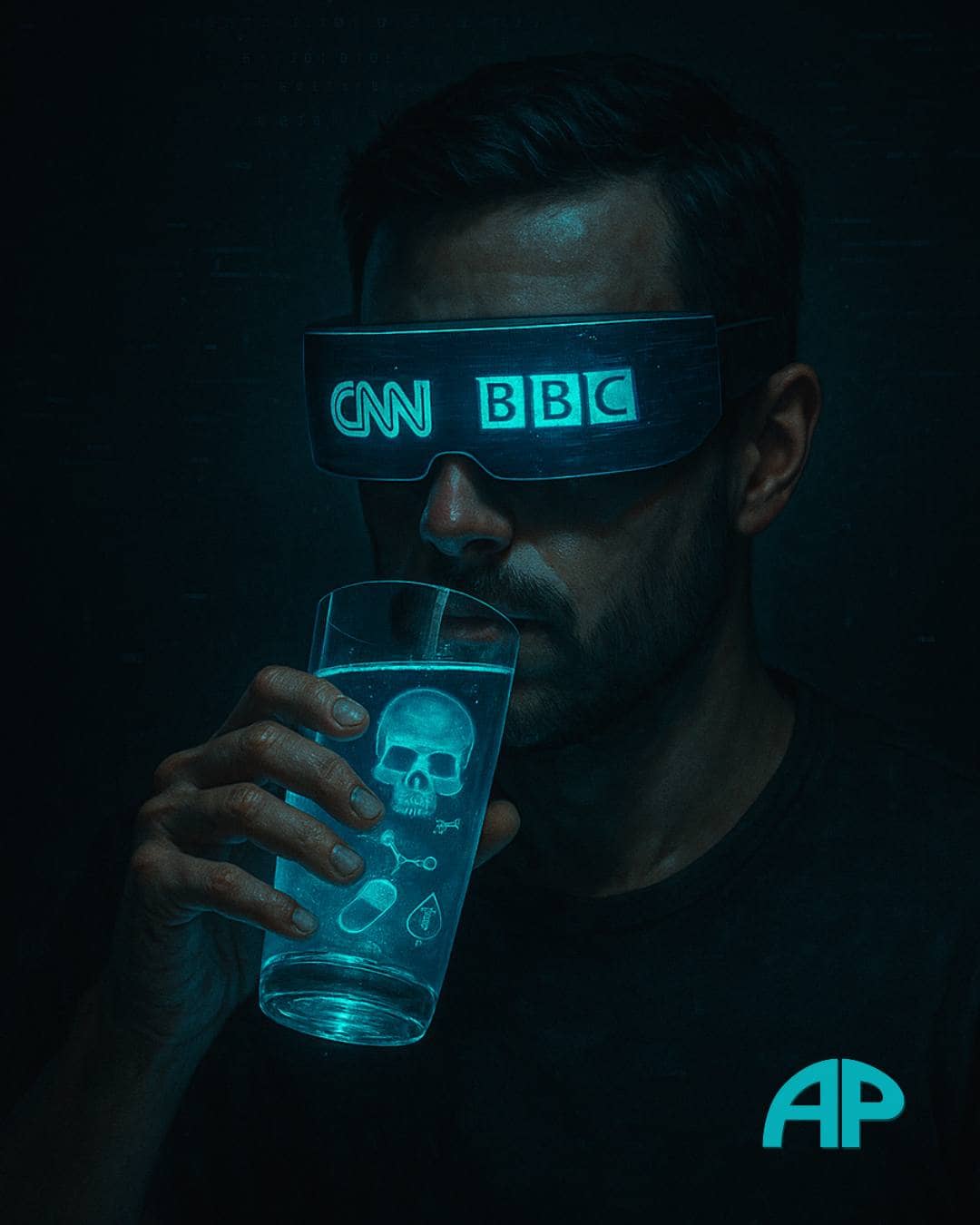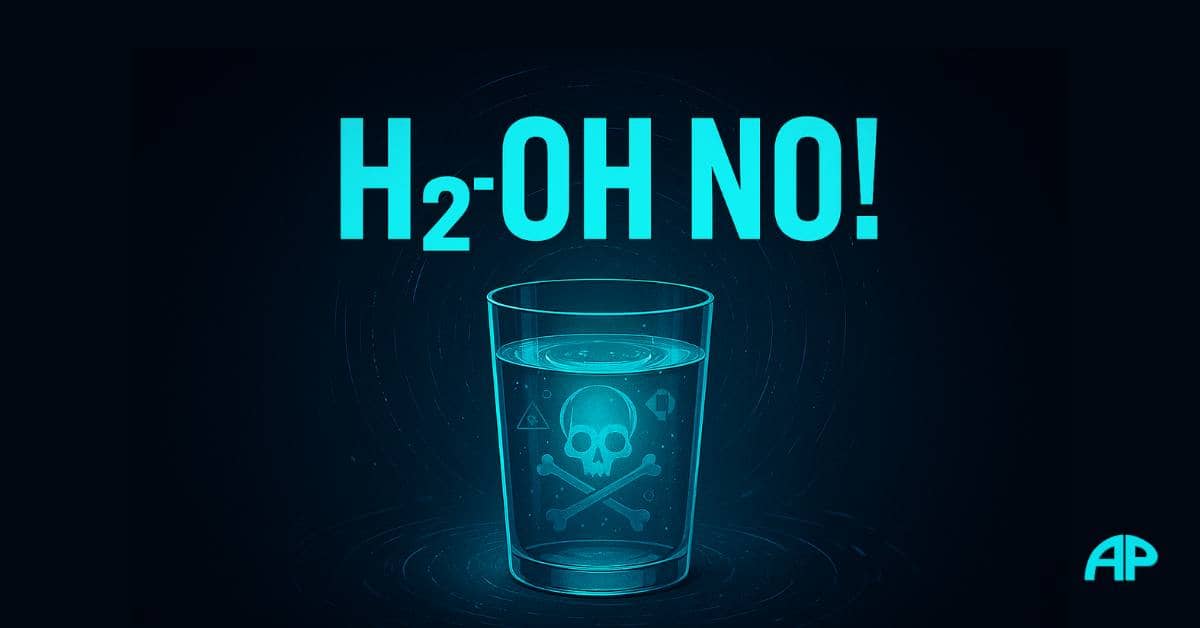They’ve been poisoning more than your mind — here’s why it’s time to question everything.
Don’t Drink the Tap Water: Still Trusting the Tap?
Don’t drink the tap water — not without asking some hard questions first.
You’ve been told your whole life it’s clean, safe, and tightly regulated. But what if that “safe” glass of water is quietly doing you harm? What if it’s not just H₂O, but a cocktail of chemicals, pharmaceuticals, and industrial waste, all considered “acceptable” by the same system that profits from your sickness?
Therefore, when it comes to what flows from your tap, trusting the official narrative could be your biggest mistake.
Tap Water Toxins: What’s Really in Your Glass?

To begin with, start with fluoride. It’s added under the guise of “dental health,” yet it’s banned or restricted in dozens of countries. Why? Because water fluoridation danger is real.
Fluoride is a neurotoxin. The Lancet Neurology classified it as such in 2014. It accumulates in bones, affects thyroid function, and has been linked to reduced IQ in children. Yet, it’s still in the water.
Additionally, there’s chlorine, used as a disinfectant. It reacts with organic matter to create trihalomethanes, which are linked to cancer and reproductive issues.
Moreover, let’s not ignore the cocktail of tap water toxins: pharmaceutical residues like antidepressants, contraceptives, and antibiotics. These are flushed, recycled, and end up right back in your glass. Every day, you might be sipping on microdoses of chemical cocktails no one warned you about.
Don’t Drink the Tap Water Just Because It’s “Legal”
On the surface, government standards sound reassuring, but they’re often outdated and influenced by the very corporations pushing mass fluoridation.
Let’s be honest. If a chemical is “within acceptable limits,” does that make it safe?
Would you voluntarily stir fluoride, chlorine, atrazine, and birth control pills into your morning coffee?
Because that’s essentially what’s happening when you drink unfiltered tap water.
Mainstream Media Lies: Why They Keep You in the Dark
You might wonder, why isn’t this all over the news? Simple. Mainstream media lies — not always through fabrication, but by what they choose to ignore.

In many cases, media outlets are heavily funded by pharmaceutical companies, chemical giants, and government contracts.
As a result, these connections create a powerful incentive to not talk about things like water fluoridation danger or tap water toxins.
Instead, they dismiss the concerns as “conspiracy theory,” despite mounting scientific evidence. Their job is to preserve the illusion of safety and suppress dissent.
Water Fluoridation Danger: The Real Gateway to Awareness
What if water is just the beginning?
If you wake up to the truth about what’s in your water, it becomes harder to ignore other lies you’ve been fed. Processed food. Overmedication. Surveillance culture. Education systems. It all starts to unravel.
In truth, they don’t want you healthy, informed, or independent. They want you obedient, distracted, and dependent.
For this reason, choosing to question the tap is often the first rebellious act that leads to total awakening.
You may like to read Dangers of Fluoride Exposure: What You Need to Know
How to Protect Yourself from Tap Water Toxins
- Invest in a quality water filter.
Reverse osmosis systems or gravity-fed filters with fluoride-removing elements are best. Don’t trust the basic Brita or fridge filters. - Check your local water report.
Public utilities are required to publish water testing results. Therefore, look beyond the surface. Research each listed chemical. Know what you’re drinking. - Educate your inner circle.
Don’t argue. Instead, just present the facts. Share data. Let people come to their own conclusions. Awareness spreads fastest through curiosity. - Start asking questions everywhere.
If they’ve lied about water, what else? The rabbit hole is real. And it starts with what comes out of your faucet.
Conspiracy or Common Sense? Questioning Tap Water Safety
They love to label everything outside the narrative as “conspiracy.” However, there’s nothing conspiratorial about reading water reports, filtering your water, or questioning authority.
It’s not paranoid. Rather, it’s proactive.
You are not crazy for protecting your body. Filtering your water doesn’t make you extreme. On the contrary, it makes you conscious. Instead, you are awake.
Don’t Drink the Tap Water — Filter It or Be the Filter
Let’s put it bluntly: Don’t drink the tap water and hope for the best.
Either you filter the water, or you become the filter.
Every sip you take is either a conscious choice or unconscious submission. Consequently, when you reclaim control over something as fundamental as water, you take back a piece of your sovereignty.
Don’t Drink the Tap Water If You Value Freedom
Freedom starts with awareness. And awareness starts with water.
When you question what you drink, you begin to question everything. It’s not about fear. Instead, it’s about clarity — the ability to say, “No, I won’t just trust the system because it’s convenient.”
So go ahead.
Don’t drink the tap water. Don’t trust the mainstream.
Because your health, your mind, and your freedom depend on it.
Blogging for Beginners, Made Simple
You don’t need to be a tech wizard or a polished writer to start blogging. All you need is a point of view, a willingness to share, and a simple system to get started. Blogging isn’t about perfection — it’s about showing up and growing as you go.
👉 Ready to Write Your First Post? Start Here.


